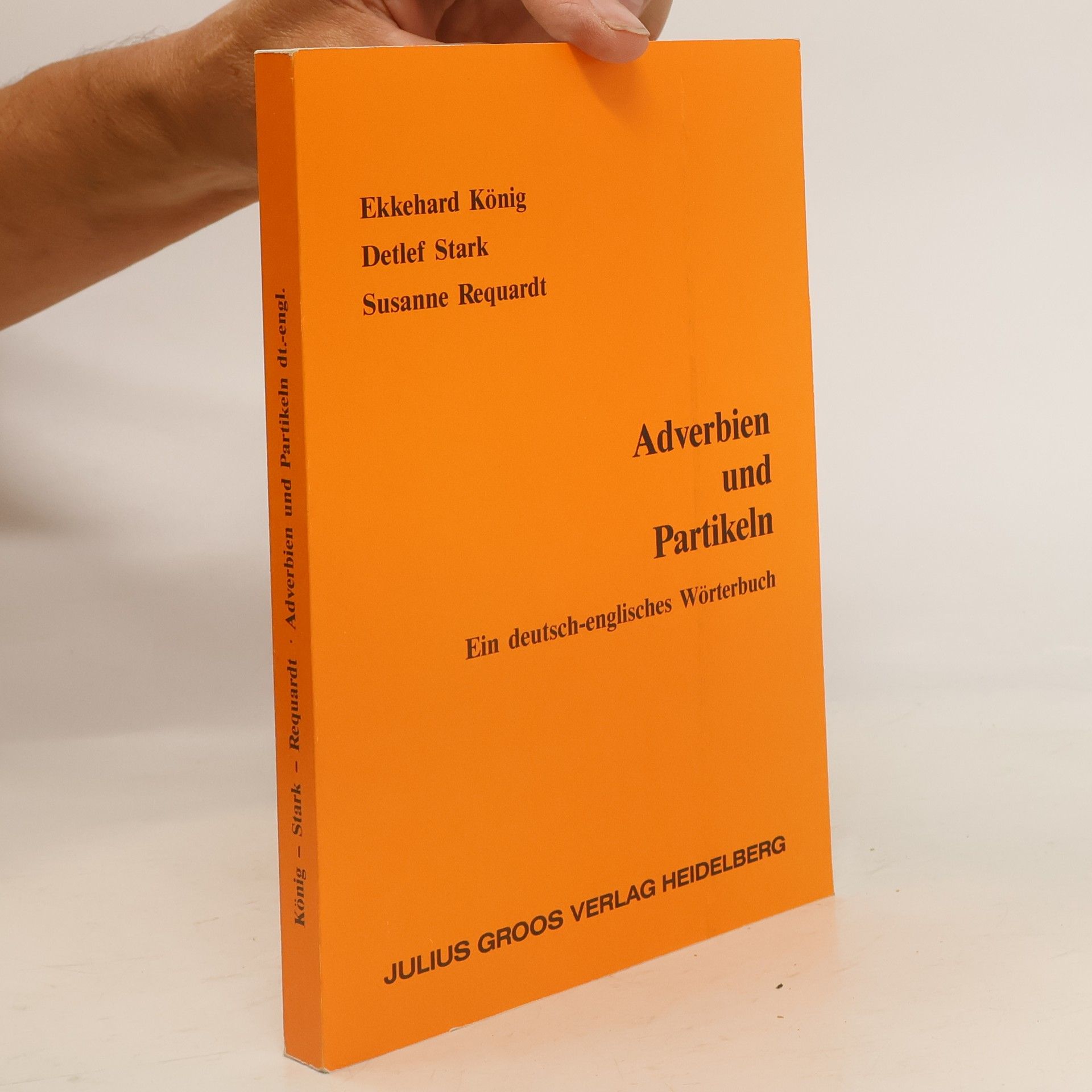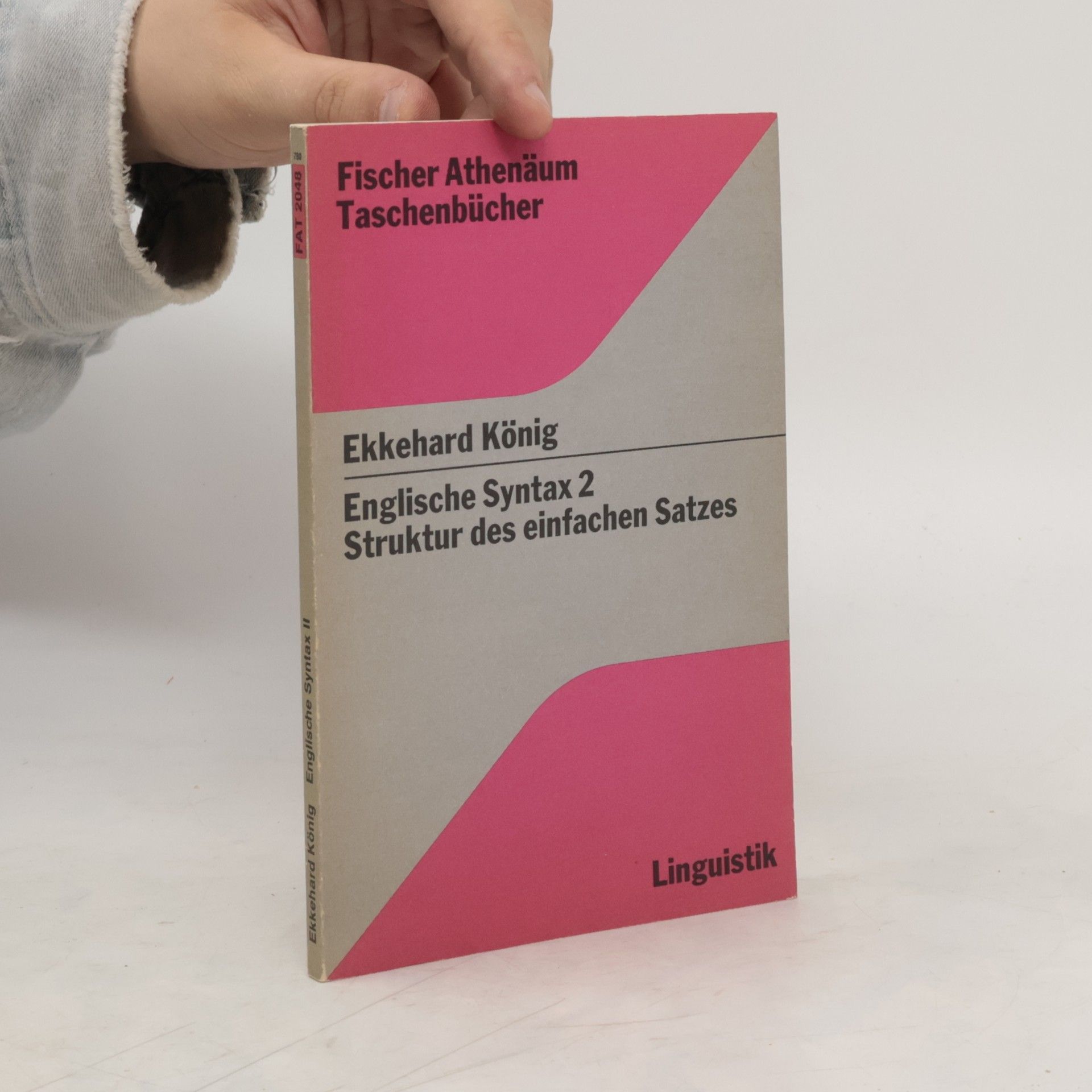"Our book aims at readers who want to learn more about how language works both in everyday ordinary verbal communication and in memorable works of verbal art and how the principles of ordinary communication interact with artistic creativity. The two interests are interdependent. After all, poems, though made of ideas, sensations or emotions, are first and foremost made of words and sentences, objects of fascination for linguists as well as poets and their readers. And it is only against the background of an awareness of the rules governing ordinary language that we will be able to appreciate and describe the pleasurable liberties poetic language takes with them. This book thus aims at providing pleasurable insights into verbal art in its rich diversity of periods and genres, ranging from Shakespearean plays to modern and postmodern narratives, from lyrical poetry to pop-songs and commercials. The proof of the pudding is in the eating. And the proof of linguistic theories for literary studies in our hands-on analyses is in the reading, in the heuristic surplus value these theories generate when confronted with great literature, with language taken to the limits of its complexity and density, suggestive power and memorable beauty.
Ekkehard König Libros
15 de enero de 1941


